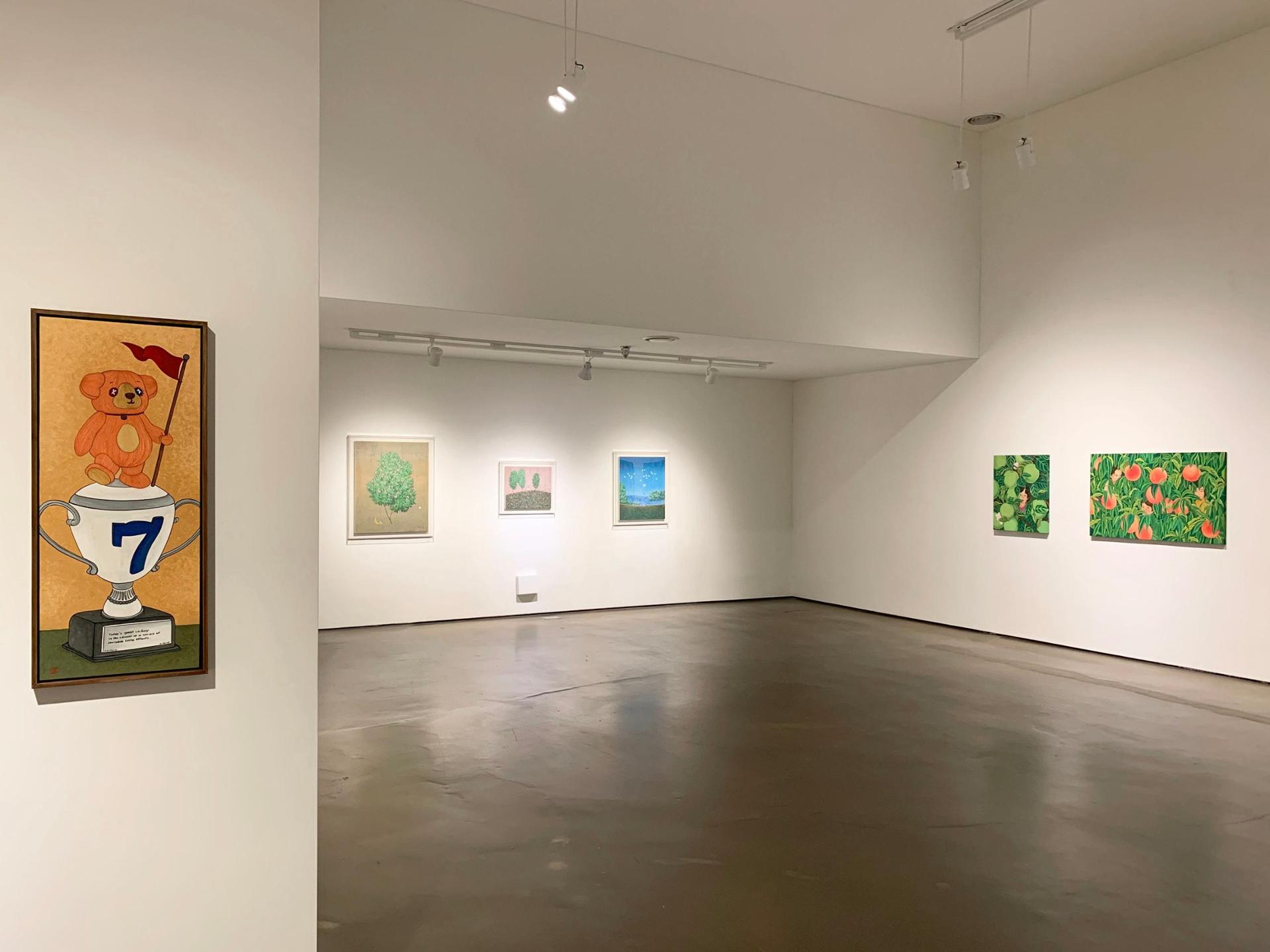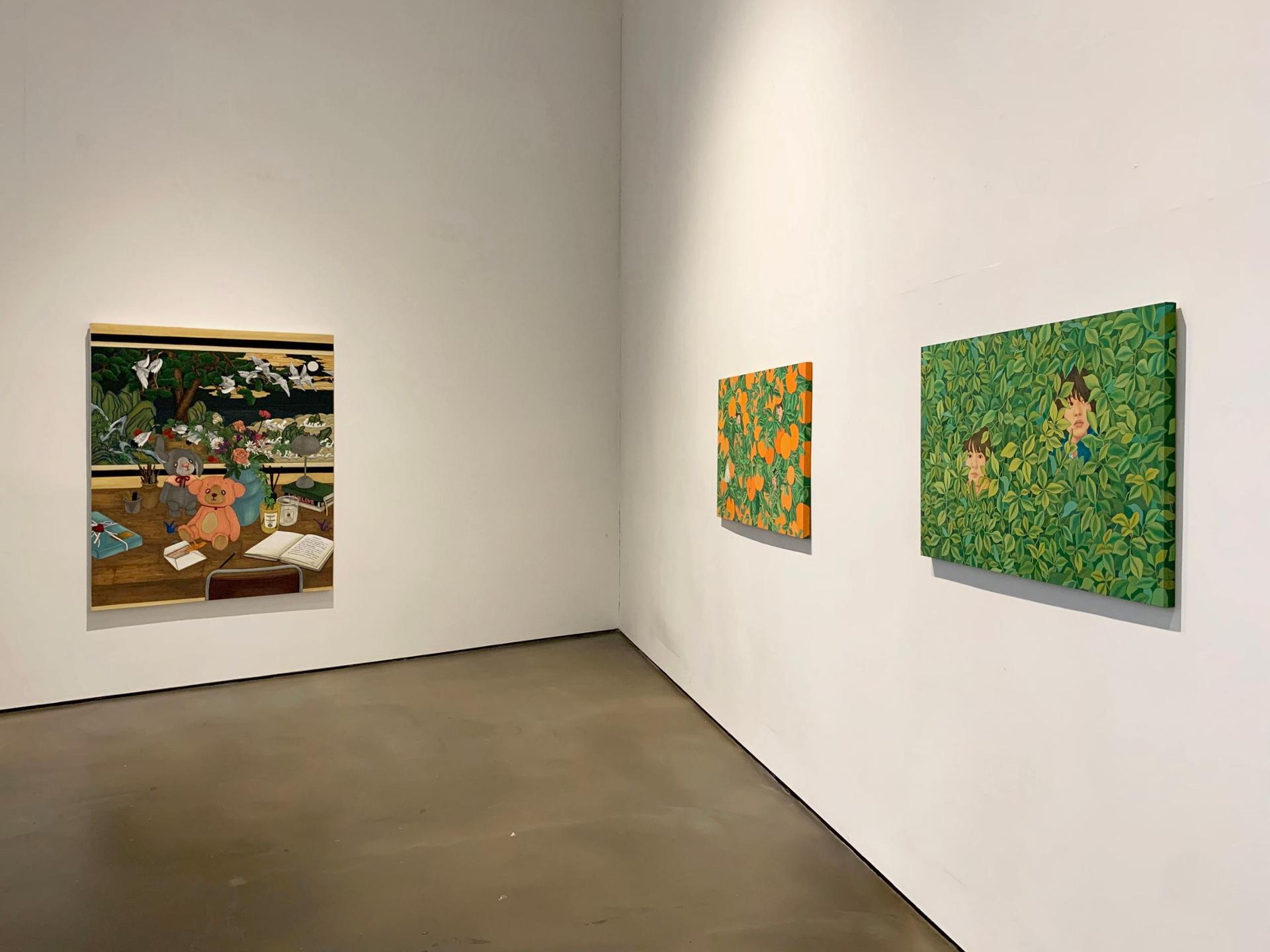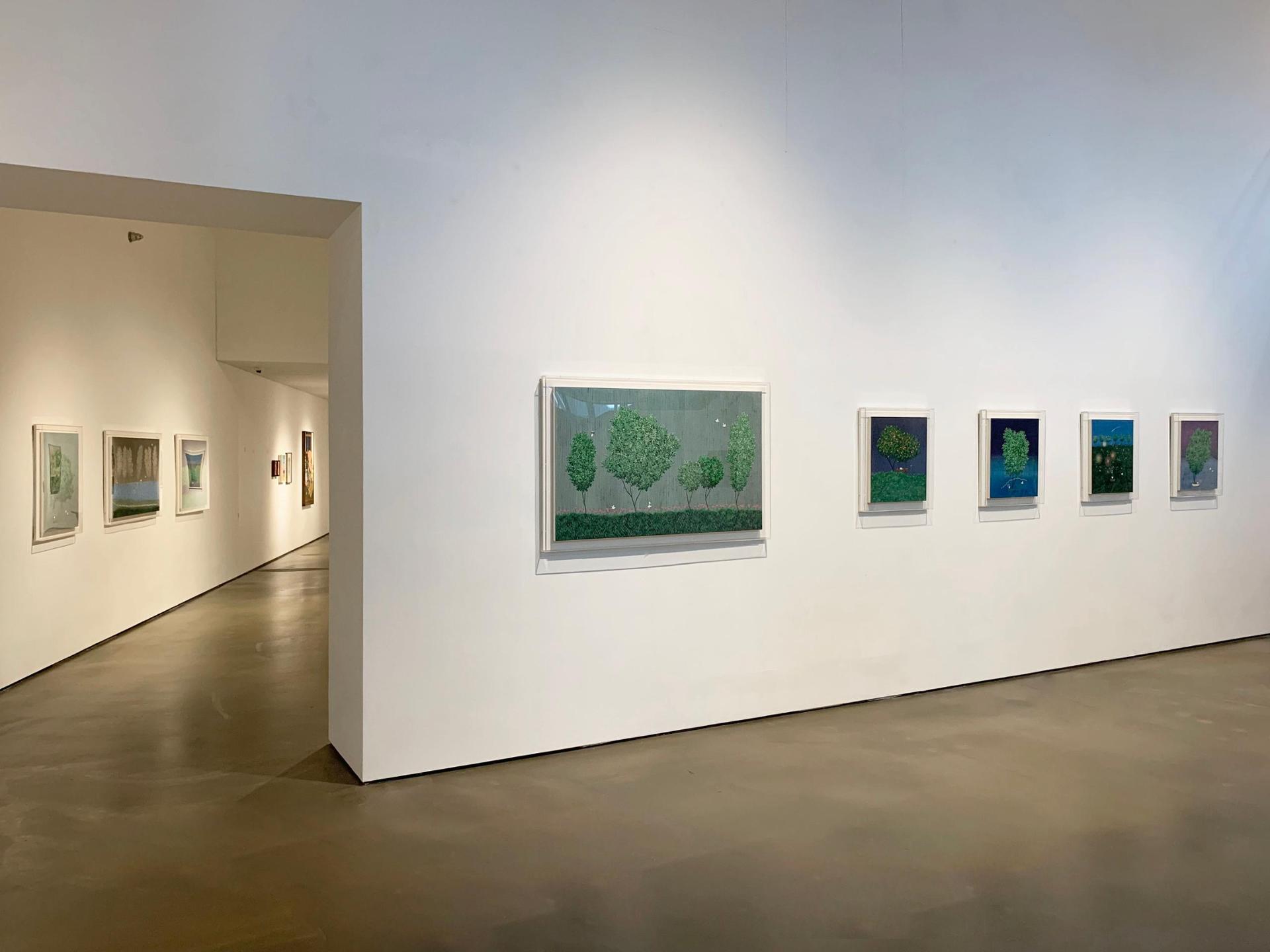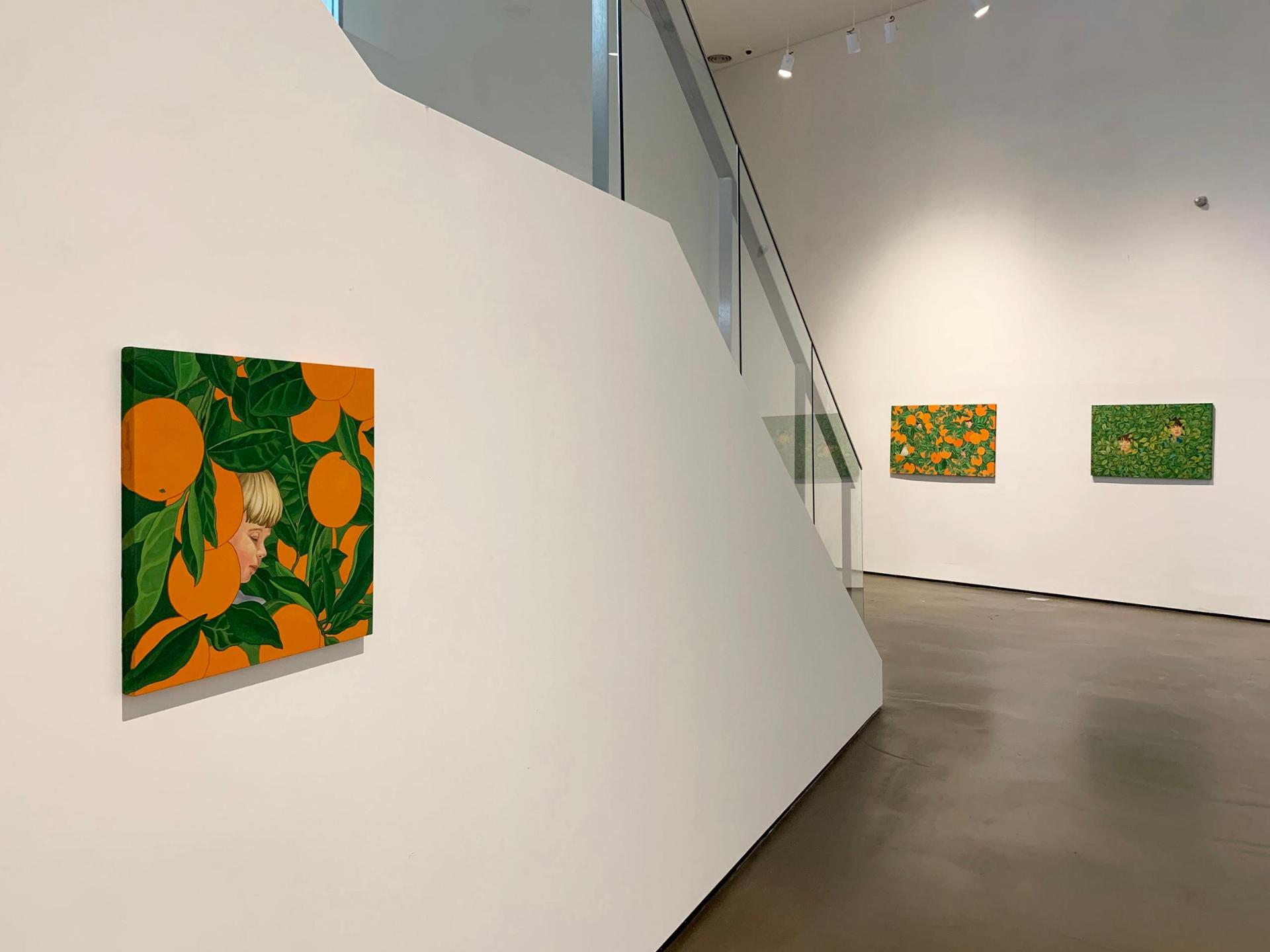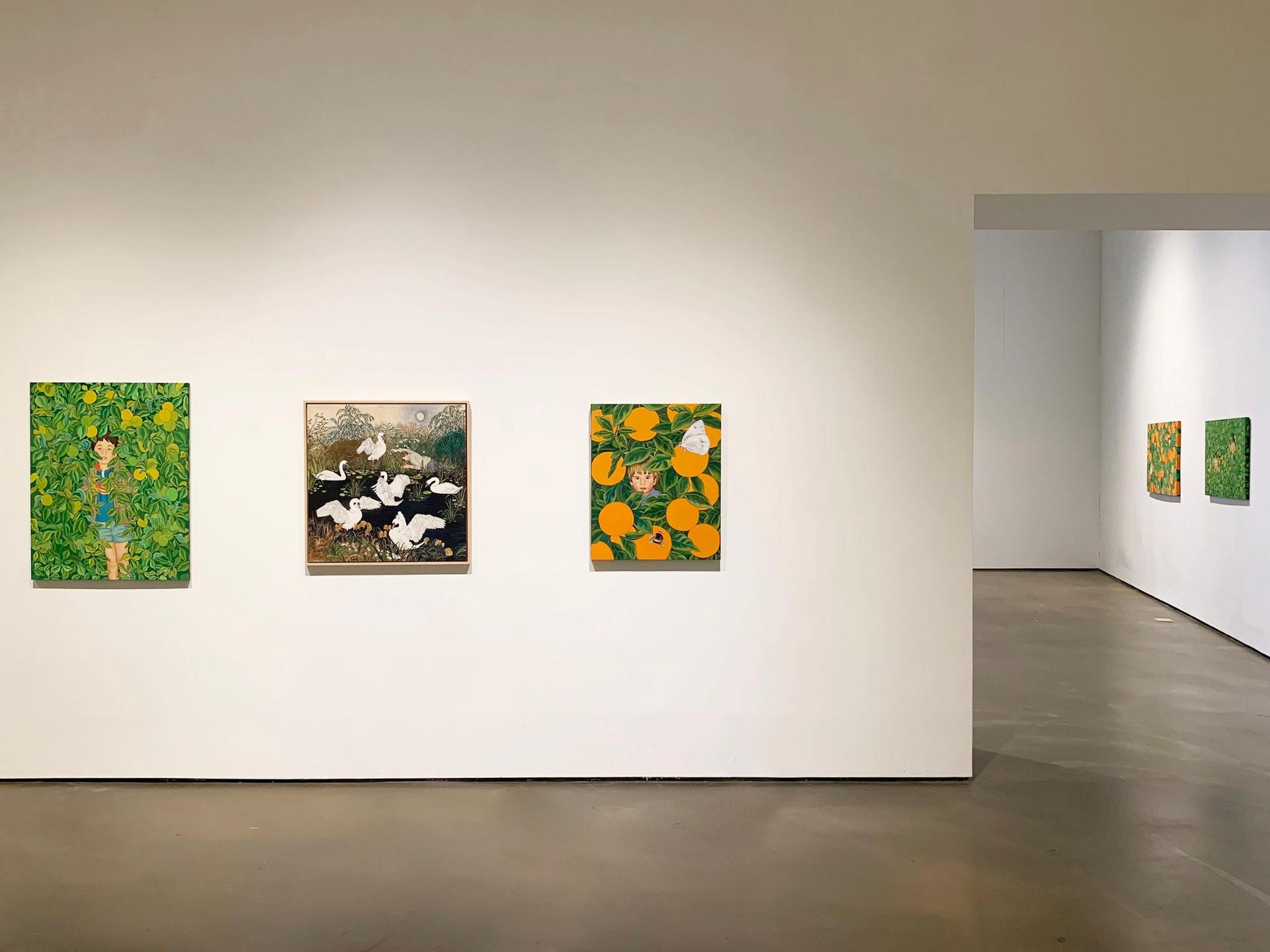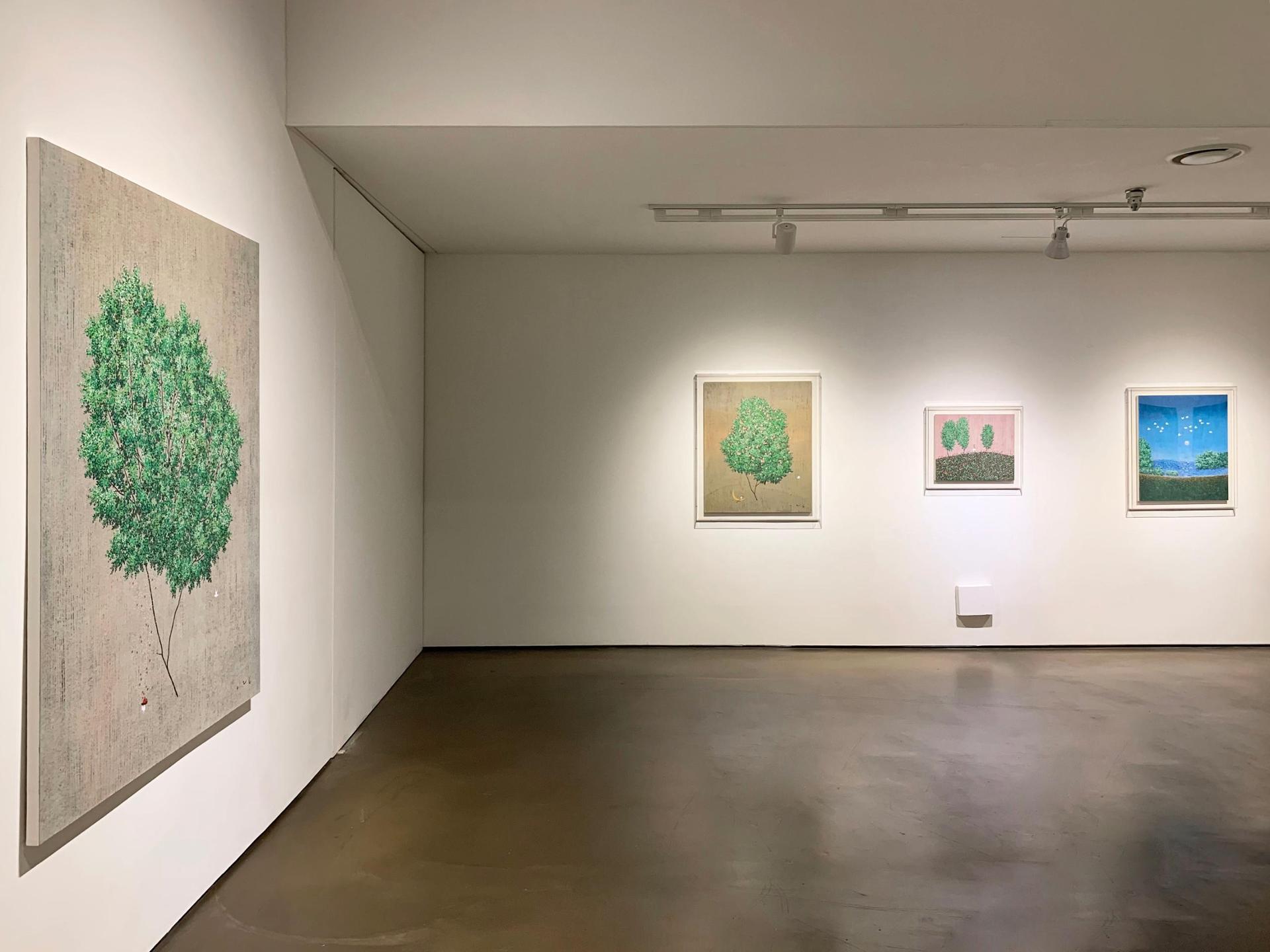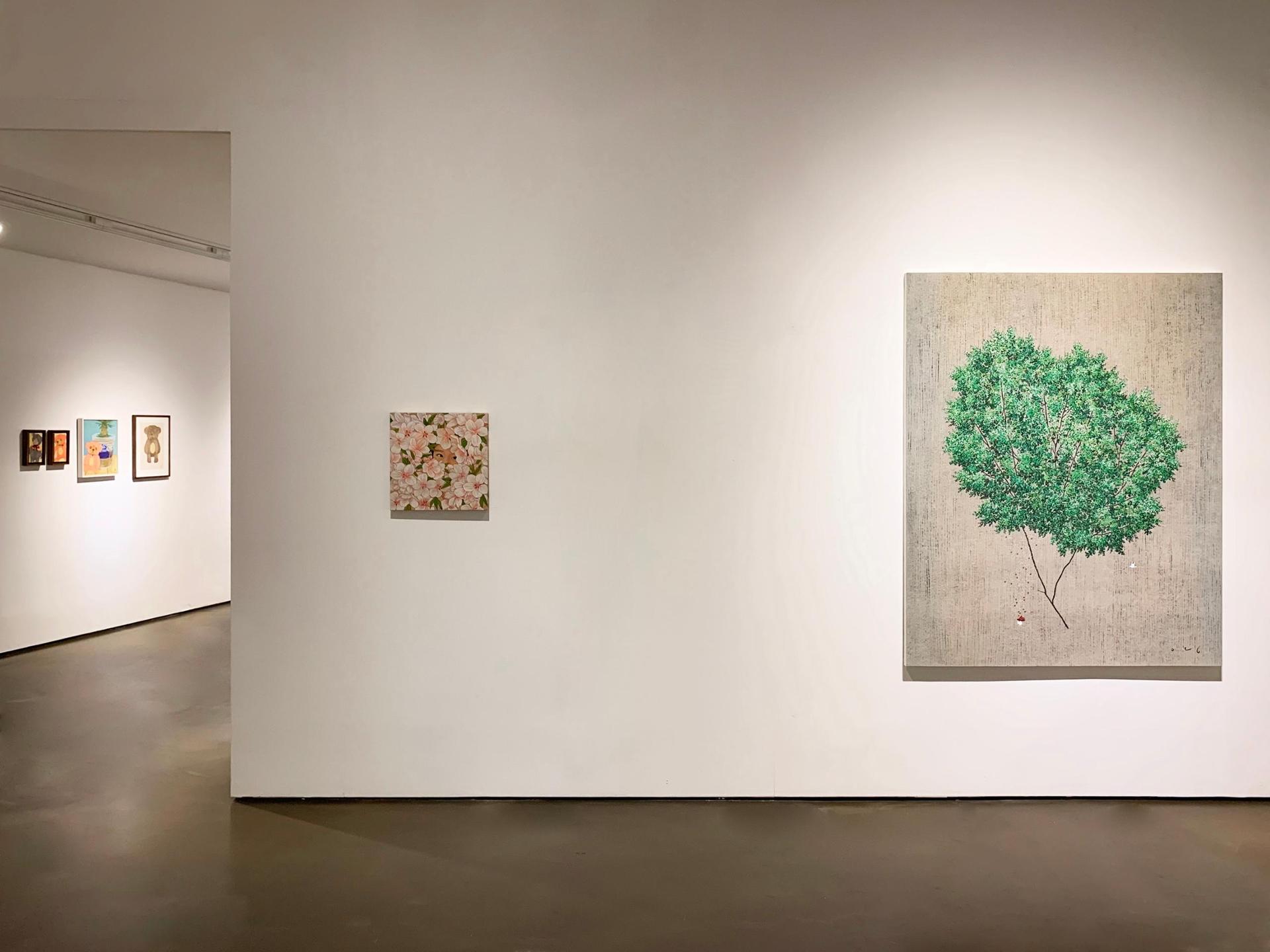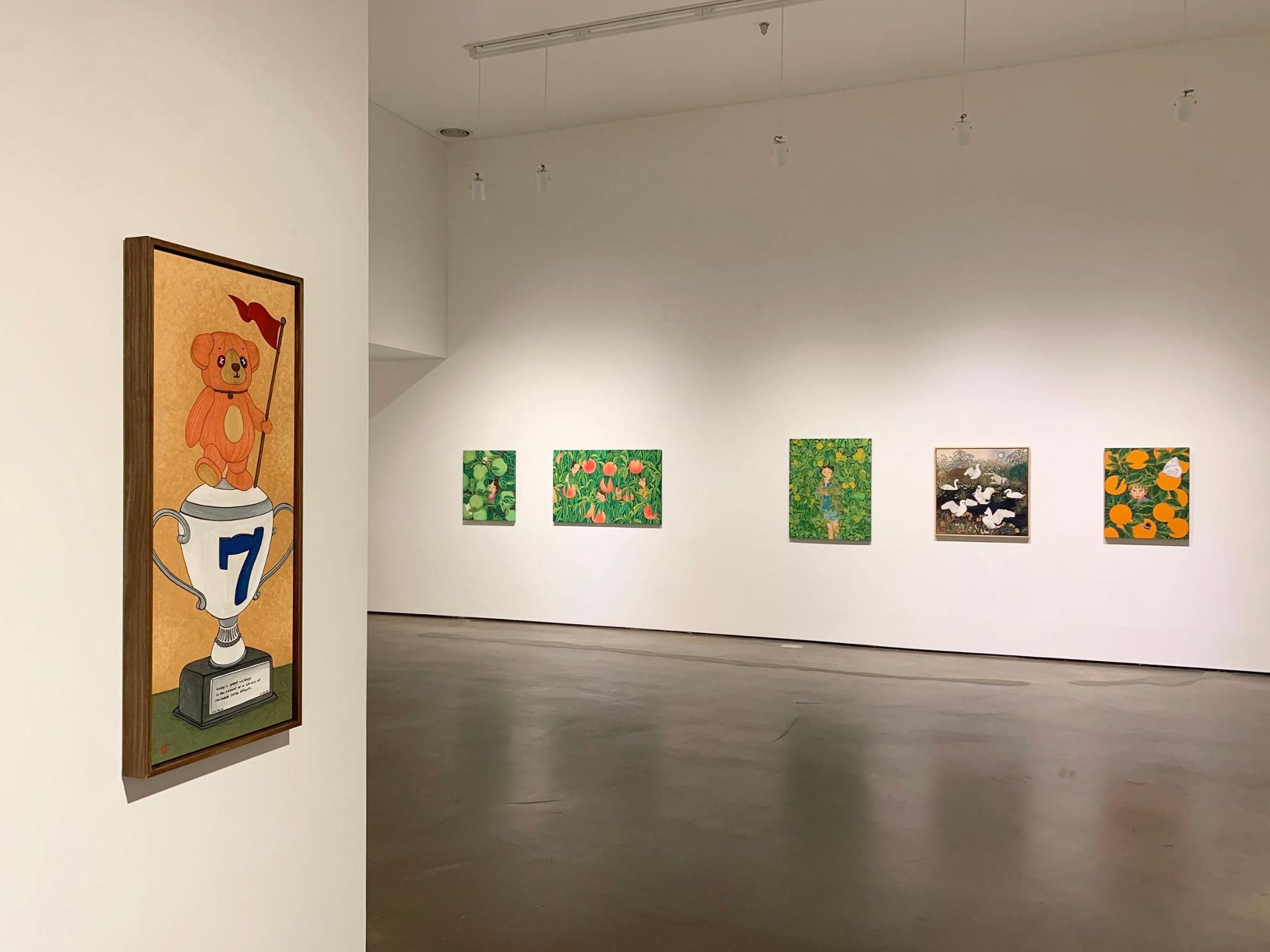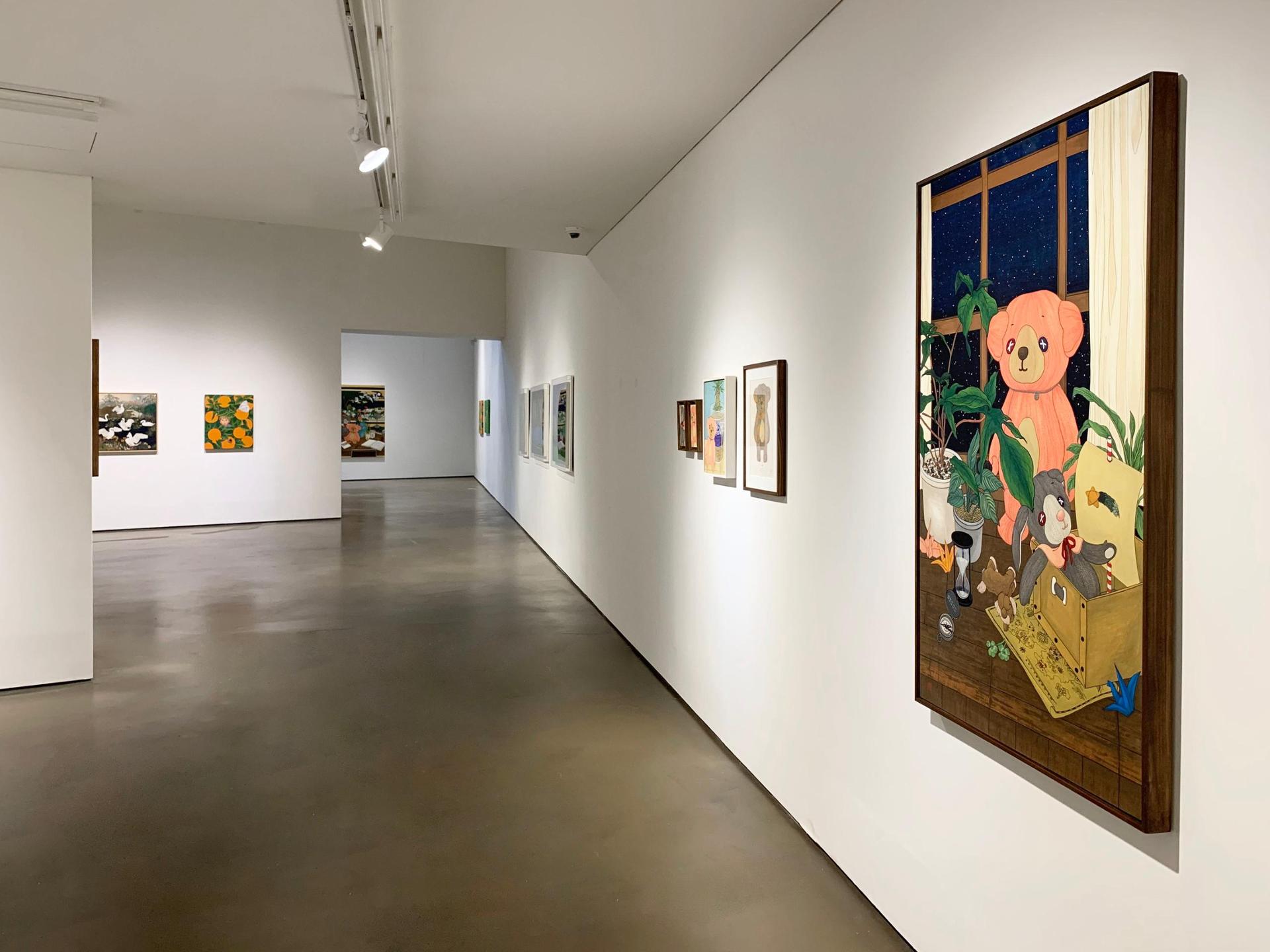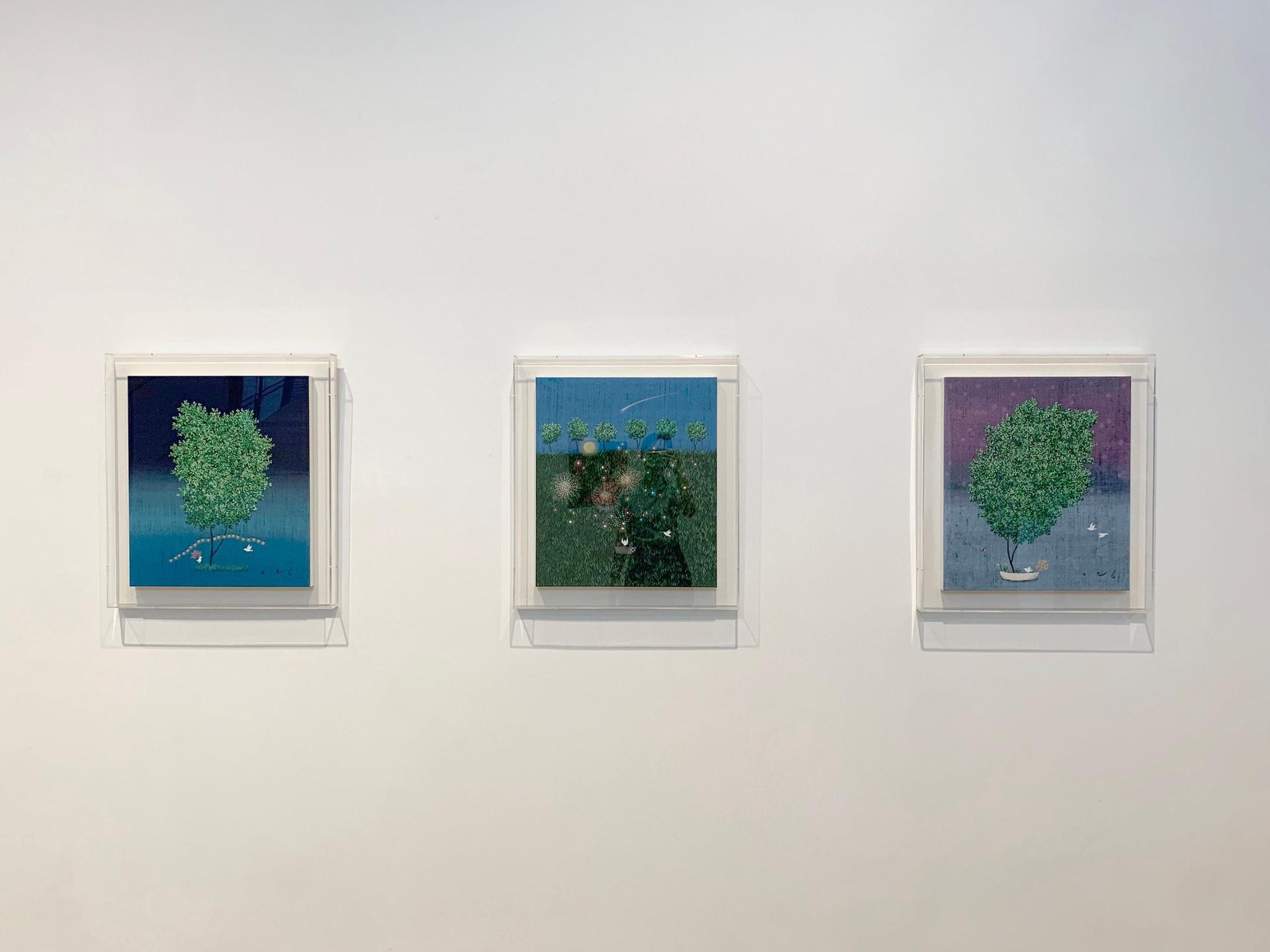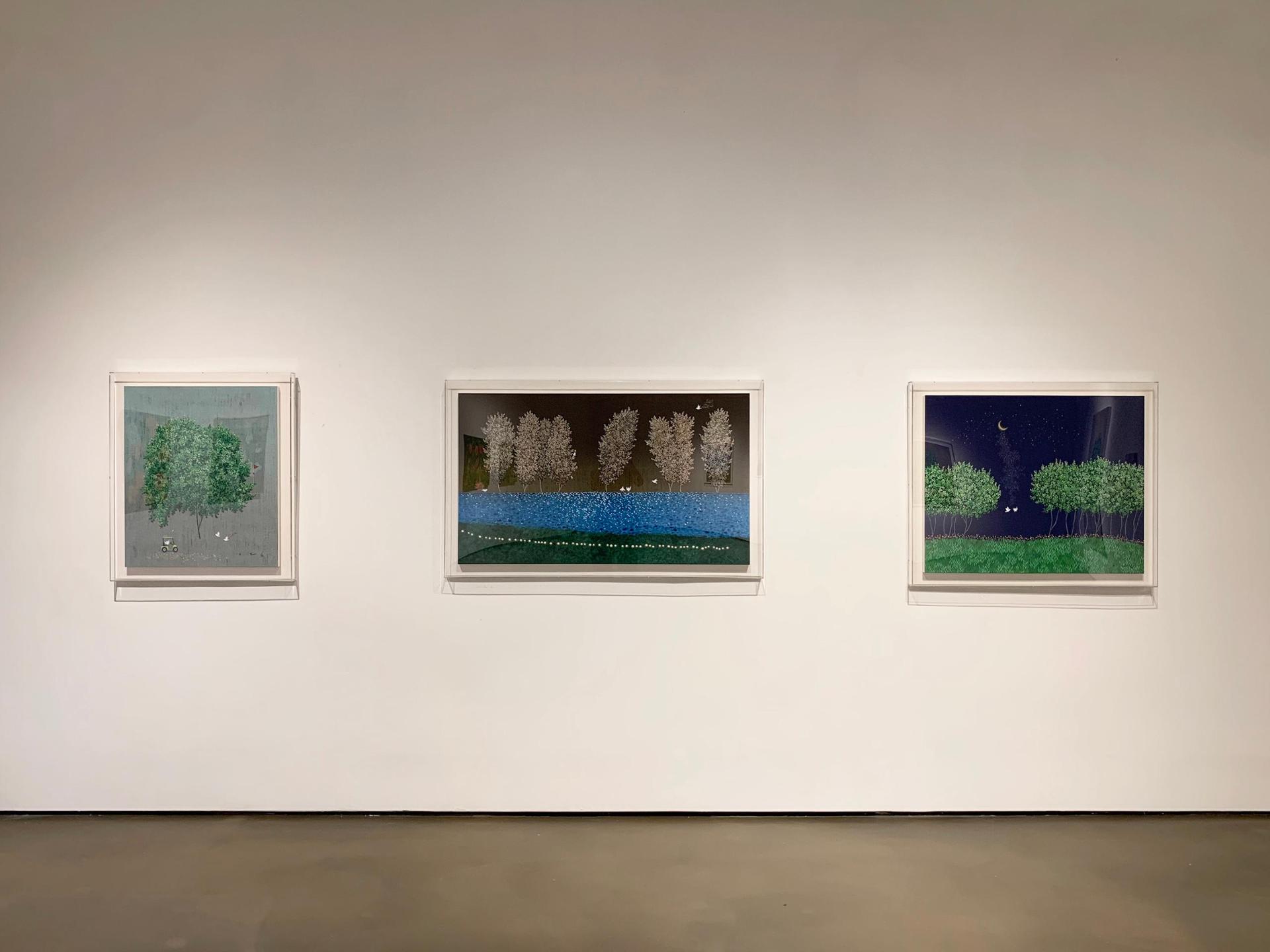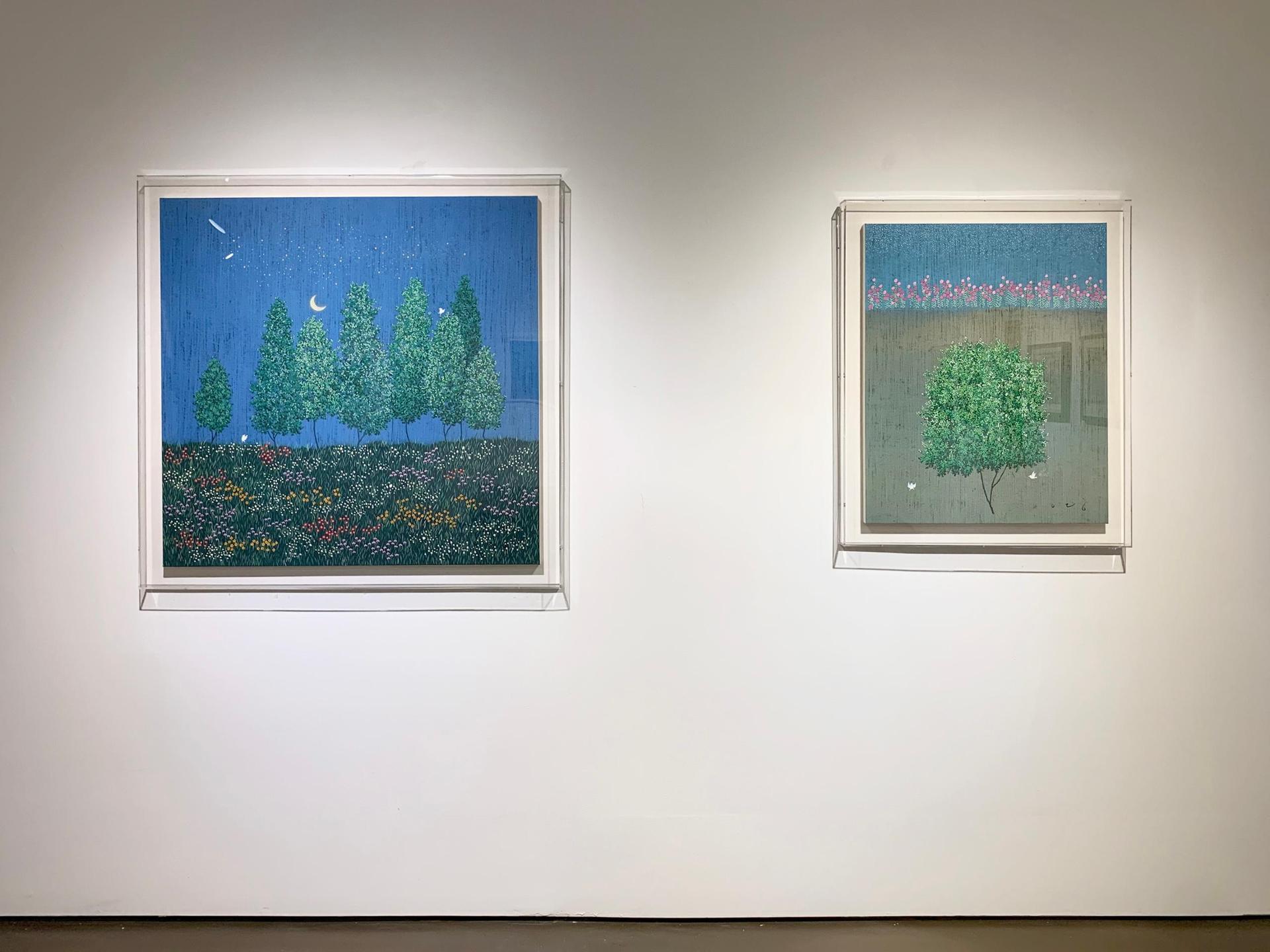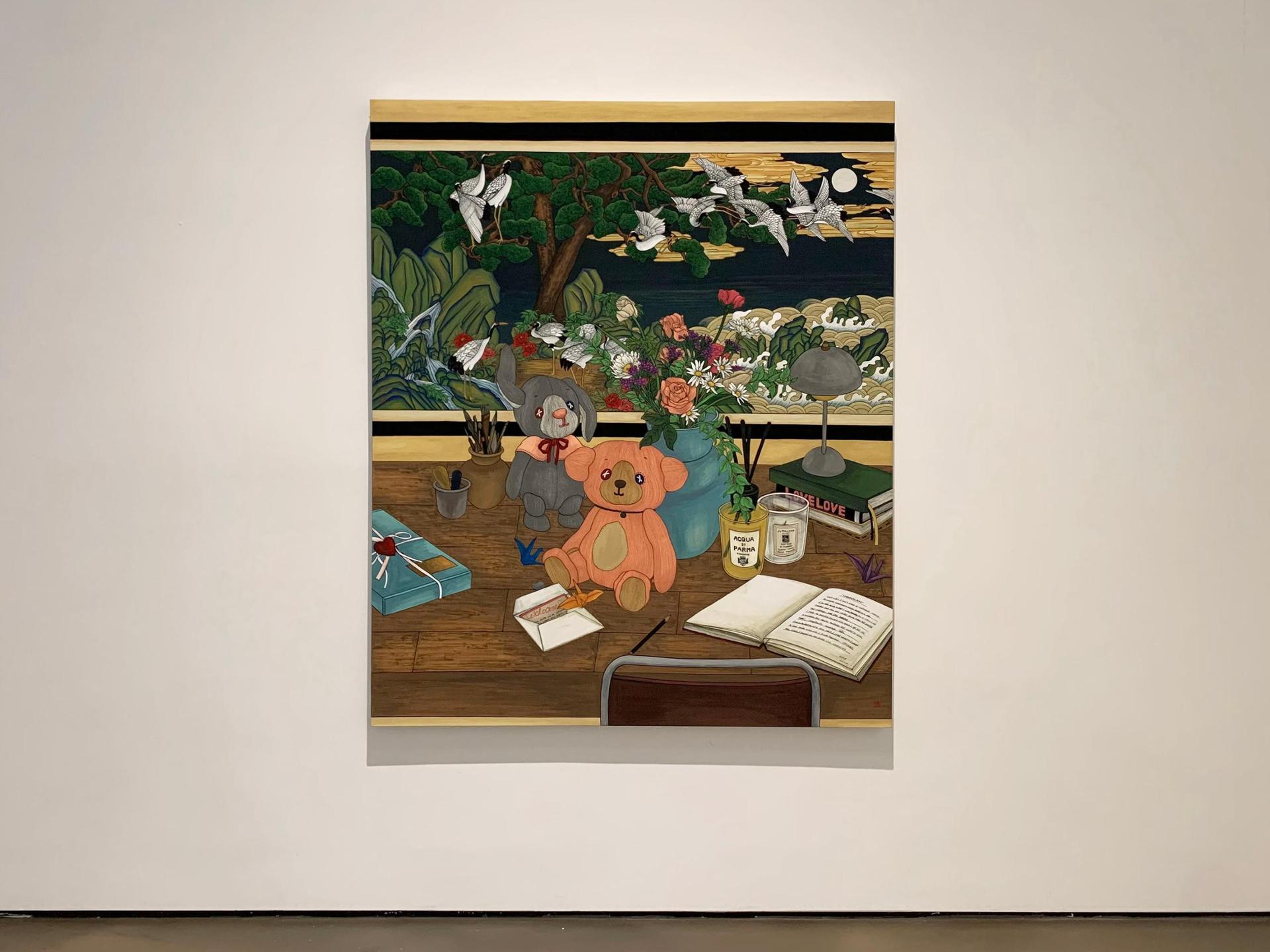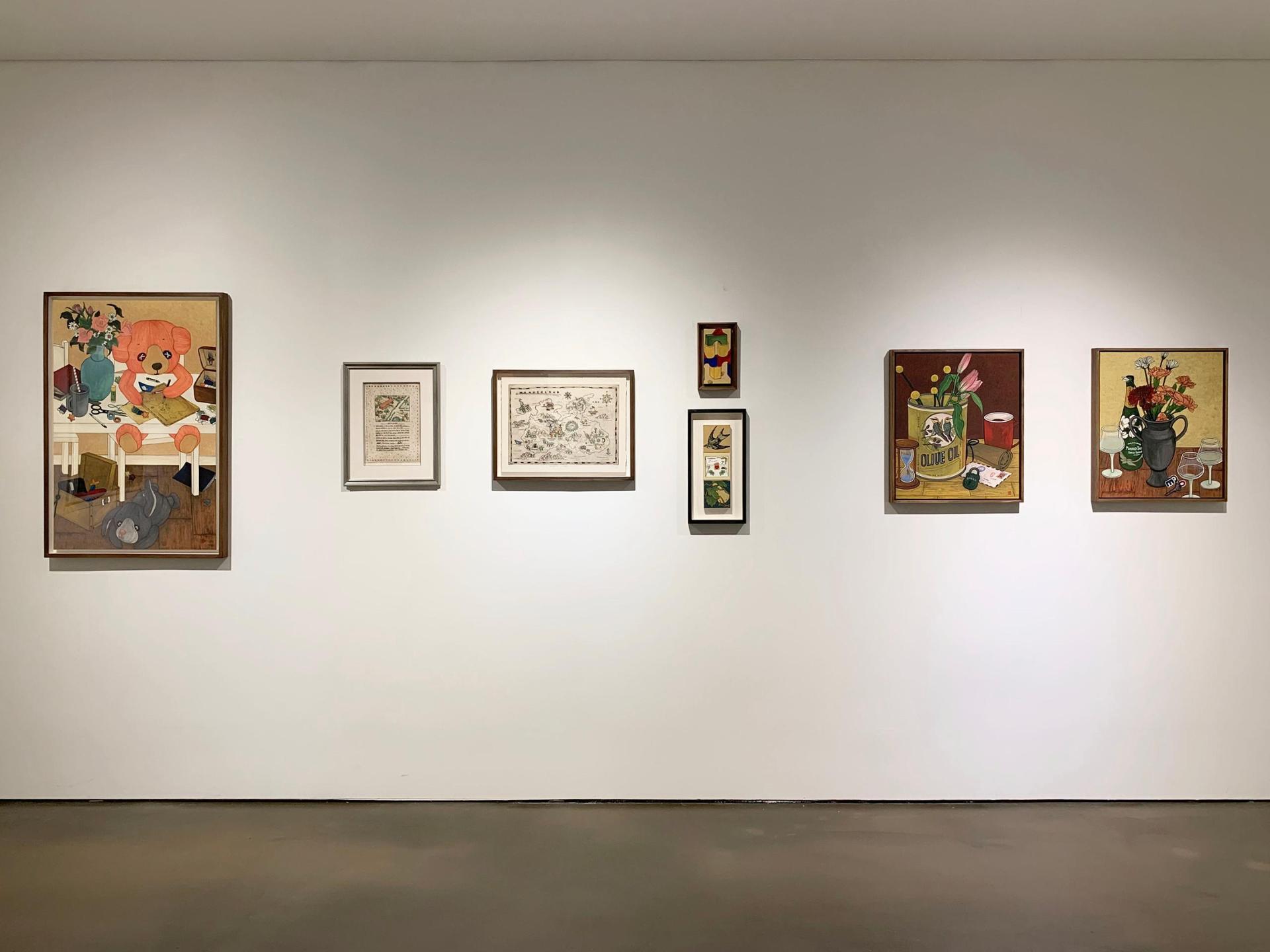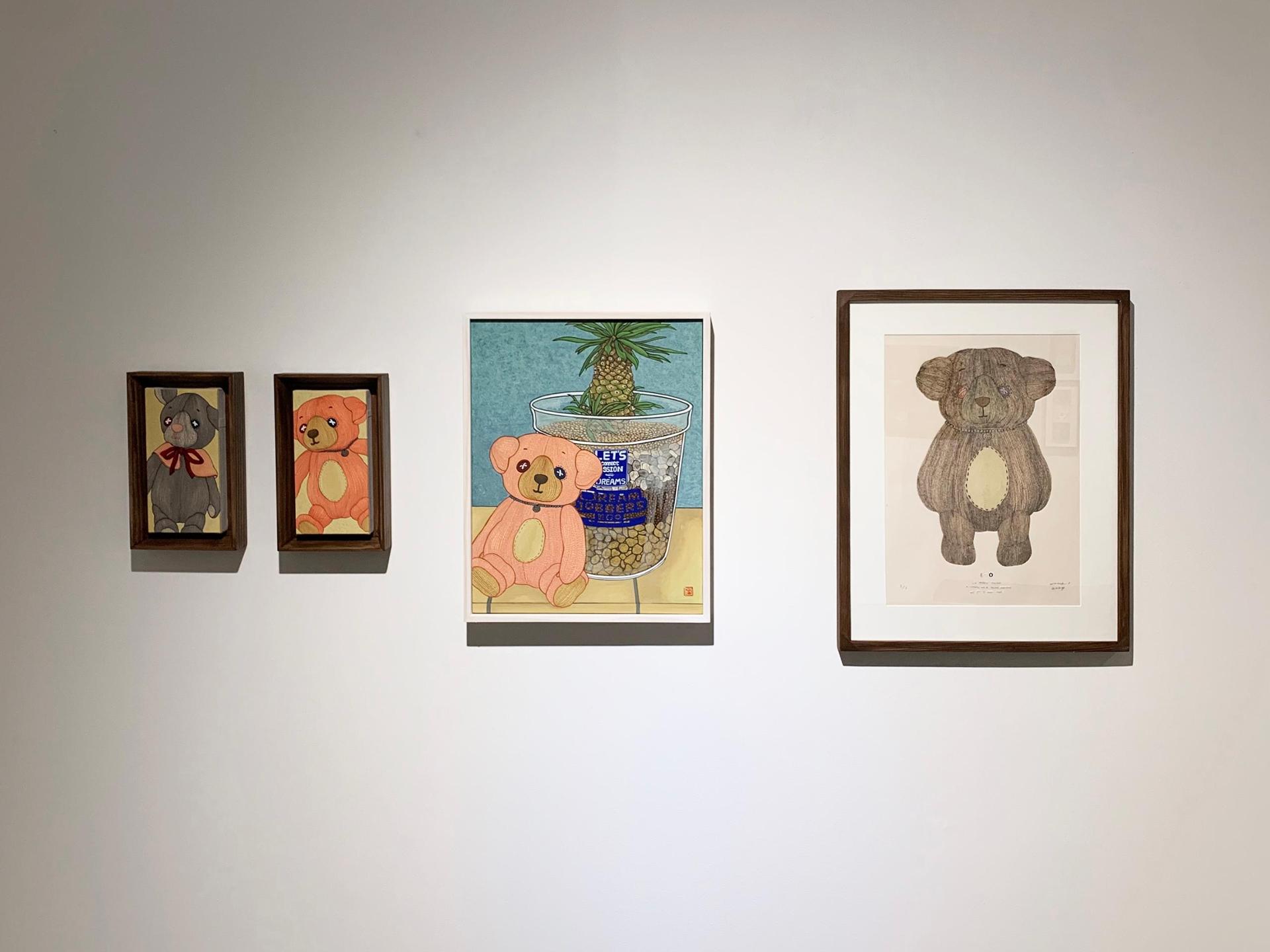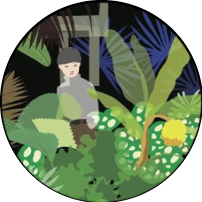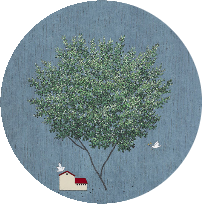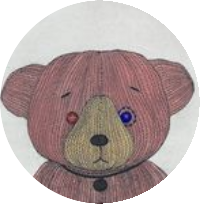Traces
Aug 22 - Sep 21, 2024
Closed
From 22nd August to 21st September, 2024, Art SoHyang will host the exhibition “Traces” by SEO Yeji (b. 1995~), LEE Na (b. 1986~), and LEE Youngji (b. 1975~), which interprets the unique atmosphere of traditional Korean colored painting techniques with a more modern sensibility.
Joseph Benoît Suvée’s “The Invention of the Art of Drawing” (1791), which was included in the exhibition “Memories of the Blind: The Self-Portrait and Other Ruins” curated by French philosopher Jacques Derrida at the Louvre Museum in 1990, deals with the mythical origins of beautiful yet sad paintings. In the work, Butades, a woman from Corinth in ancient Greece, draws the shadow of her lover on the wall by the light of a lamp to remember him after parting with him. Through this work, which best reflects the intention of the exhibition, Derrida attempted to reveal that the source of art is not perception as claimed in aesthetics, but ‘memory’. He wanted to symbolically show that paintings depend on the invisible rather than the visible.
The woman draws the shadow of her lover who will leave for the battlefield when the sun rises, but conversely, she cannot see him while leaving him as a trace. The origin of drawing, which draws pictures, is ultimately metaphorized as a state of ‘blindness’. In the creation of visual art, the artist cannot look at the object and the work at the same time, whether it is abstract or concrete. In addition, the shadow left as a trace indicates that the object is ‘present’ while also implying its ‘absence’. The artist becomes Derrida’s ‘blind’ in either the object or the picture (shadow), and the picture is born through the endless repetition of presence and absence. In other words, the writers do not want to draw what is visible, but rather the invisible ‘memory’.
The artists of, SEO Yeji, LEE Na, and LEE Youngji, repeat the act of leaving traces to ‘remember’ what they have lost in life, just like Butades’ wish to remember her lover. No one can be free from the pain of loss. Since no value or happiness is eternal, moments of despair and emotion appear simultaneously in a life where joy, sorrow, and pleasure are repeated. I expect this exhibition to be one that can recall happiness and loss at the same time through the shadows of memories, not visual objects, and the traces left by those shadows.
Joseph Benoît Suvée’s “The Invention of the Art of Drawing” (1791), which was included in the exhibition “Memories of the Blind: The Self-Portrait and Other Ruins” curated by French philosopher Jacques Derrida at the Louvre Museum in 1990, deals with the mythical origins of beautiful yet sad paintings. In the work, Butades, a woman from Corinth in ancient Greece, draws the shadow of her lover on the wall by the light of a lamp to remember him after parting with him. Through this work, which best reflects the intention of the exhibition, Derrida attempted to reveal that the source of art is not perception as claimed in aesthetics, but ‘memory’. He wanted to symbolically show that paintings depend on the invisible rather than the visible.
The woman draws the shadow of her lover who will leave for the battlefield when the sun rises, but conversely, she cannot see him while leaving him as a trace. The origin of drawing, which draws pictures, is ultimately metaphorized as a state of ‘blindness’. In the creation of visual art, the artist cannot look at the object and the work at the same time, whether it is abstract or concrete. In addition, the shadow left as a trace indicates that the object is ‘present’ while also implying its ‘absence’. The artist becomes Derrida’s ‘blind’ in either the object or the picture (shadow), and the picture is born through the endless repetition of presence and absence. In other words, the writers do not want to draw what is visible, but rather the invisible ‘memory’.
The artists of
